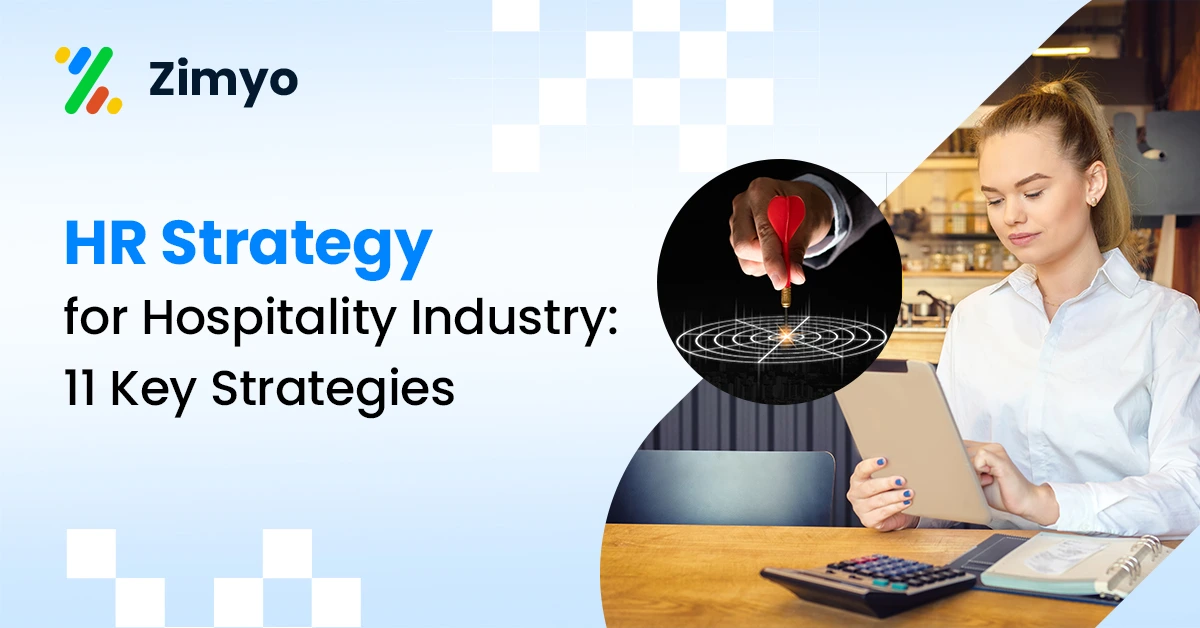As the Covid-19 pandemic continues, the prevalent remote-work setting has made a home among many work environments. It has become a norm for some of the biggest market players such as Facebook, Twitter, and Google and all the while sustaining among small and mid-sized businesses alike.
By 2030, at least 50% of Facebook’s 50,000 employees would be working from home.
“We are going to be the most forward-leaning company on remote work at our scale.” ~ Mark Zuckerberg, Founder of FacebookUnlike the first year of lockdown i.e; 2020, in which the “world of business” saw an abrupt and reactive shift to remote work, progressive employers anticipate the future shift to be more proactive and intentional. However, according to a recent PWC survey of 133 US executives, almost one-third of participants plan to approach the post-pandemic shift with a “going with the flow” attitude- even after witnessing the impact of last year. As a smart leader, in order to leverage the benefits of the remote setting in the future – better productivity, high employee retention, reduced absenteeism, and lower costs – it is important to have an effective remote/hybrid work strategy in hand. Leaders must adapt dynamically to all kinds of new remote work policies and practices to reap the best results. This includes altering all – company-specific, HR-specific, and management-specific policies.
Decide the Right Mix
To make the transition as smooth and effective as possible, your company will require updated policies to fit the needs of a remote workforce. The first and the foremost change would be to decide the right mix of remote working situations. This could be entirely remote, hybrid (with employees in the office part-time, two or three days a week), or an entirely in-office setting. To decide the best mix for your business, you must consider the following factors- Nature of the work– Typically if the work done by the employees requires next to zero supervision, a remote setting can work efficiently for both the employees and the business. Whereas, for businesses that involve highly collaborative teams, a hybrid mix would be ideal. Experience level of the workforce- For teams that include new employees or recently promoted ones, dedicated time in the office would be beneficial for building relationships and gaining hands-on knowledge from seniors. Employee preferences- This is another important factor to be considered. All kinds of individual choices should be heard based on personalities, responsibilities- personal and professional, and preferences for remote work. And finally, taking real estate costs and carbon footprint into the picture.Assess If Your Business is Ready
A Work from Anywhere setting allows employees to meet their responsibilities from any location. Multiple researches on WFA suggest that providing locational flexibility allows employees to follow bigger life goals related to “residential satisfaction,” and this benefit increases employee productivity in the WFH condition. Therefore, leaders must strategise how best to take advantage of such an asynchronous WFA environment by managing the challenges of task coordination.Assess the Impact on Company Culture
Company culture dictates how an employee feels about their work. Remote work typically robs employees of the chance of soft learning, an innovative and conversational environment, and of course the human contact. To restore such necessities, businesses can- Introduce more informal events such as town halls, virtual lunches, special meetings to share experiences, and
- Conduct pulse surveys to check whether the company values are reciprocated by the employees, and
- Evaluate whether the communications about important programs and initiatives are coming through
Lay Down HR Specific Dynamic Strategies
For HR, the shift towards a remote-work setting brings a whole new set of challenges and dynamic requirements. Some of the most crucially required strategy changes include- Adapting new recruiting strategies that focus on new or different skill sets or competencies in potential candidates to keep up with the new trends such as initiative-taking, self-motivation, and impressive virtual communications.
- According to the geographic offices, new compensation decisions such as salary adjustments for those working remote and scaling remunerations are to be considered.
- Benefit programs must be adapted in justification of the shift from traditional on-site perks to newer remote options. For instance, gifting workout or health-resource subscriptions instead of gym-memberships.
Create Training Programs and Support Tools
64% of executives plan to invest in training leaders to manage a more virtual workforce. ~ PWC remote Work SurveyIntroducing new training in the social and relational aspects of remote work is equally important as training in technology and company policies. Relational skills such as building trust, establishing working norms, effective virtual communication patterns, and implementing social elements into virtual relationships. In terms of the right remote-work tools, it is unreasonable to expect employees to work efficiently if they don’t have the right setup. Therefore it’s important to consider home office supplies such as ergonomic chairs, adequate broadband, additional monitors, and others along with tech and software.
Foster Employee Engagement
The Manager-employee relationship has seen multiple ups and downs throughout the remote shift, and they continue to witness more with each day. Moving forth, while drafting a powerful remote-work strategy that is effective in the long run, managers must encourage practices and trends that are repeatedly identified to be most effective in the remote setting. One such trend is fostering employee trust and encouraging employee engagement.If a manager can help employees feel both accomplished and connected, the outcomes of a remote environment are more likely to be successful. ~ Beth Trejo, ChatterkickVarious researches indicate that high-performing teams possess a sense of engagement, safety, and trust where employees can speak up, ask for help, and also offer ideas without being ostracised or criticised. A recent study of remote colleagues by the Academy of Management stated that with predictable communication cadence managers can foster engaging, productive, and trusting working relationships. To build cadence among employees, managers can offer meetings as a means for employees to connect socially and build personalised relationships by sharing their favourite photos, songs, or stories, etc.
Help Establish Work-Life Balance
Balancing personal and professional lifestyles have become an even challenging challenge in this past year. To tackle all kinds of hurdles occurring in either of the two, managers must encourage their employees to define boundaries to help achieve a sense of harmony and peace when catering to their various roles. Moreover, employees consider their managers to be their mentors and therefore automatically learn from them – by watching their practices. Thus, by conducting a personal Boundary management research to identifying and include the different types of boundaries – physical, temporal, interpersonal, cognitive, and behavioural – into their strategy, managers can help employees establish and maintain the same.Care for Employee Wellness
Security, expectations, and means of execution are all important but employees are the biggest assets—protect and support them. ~ Angie Ruff, CoPack Solutions LLCEmployee wellness has become an ultimate management trend over the last year. Considering the hardships employees continue to face due to the shift, they expect their managers to take care of their developmental, mental, and physical weakness. Research indicates that even small amounts of high-quality social interactions, such as those implying compassion or concern, can lower employee stress and improve their well-being to a great extent. Apart from encouraging social interactions, initiatives such as those that aim to improve employee’s
- Physical health – virtual fitness memberships, yoga classes, offering gadgets such as Fitbit, etc
- Mental health- virtual therapy, counselling, meditation classes, etc
- Developmental journey- sessions on finance-related subjects, classes on time-management, other skill improvements, membership to coaching apps, etc.







